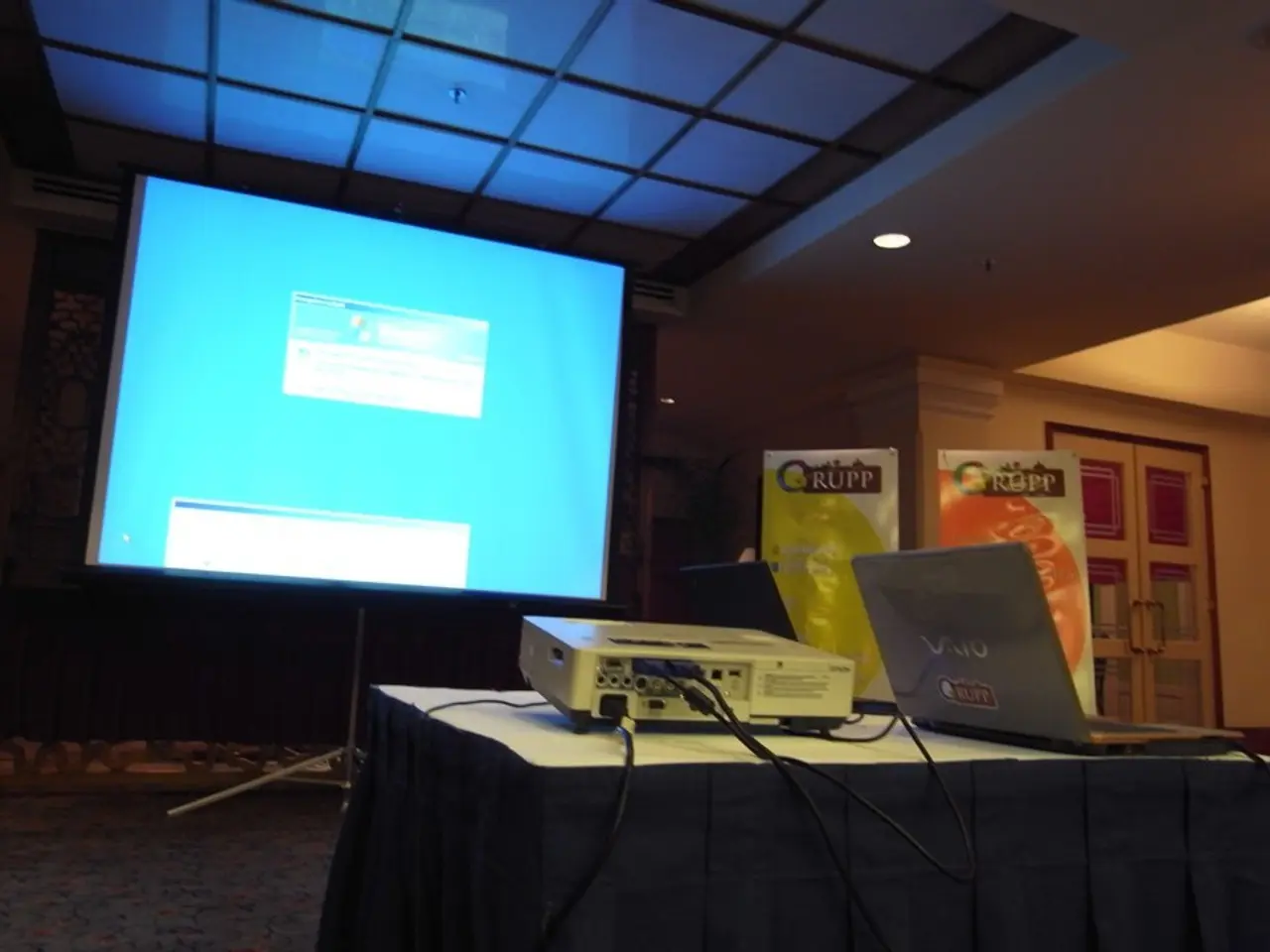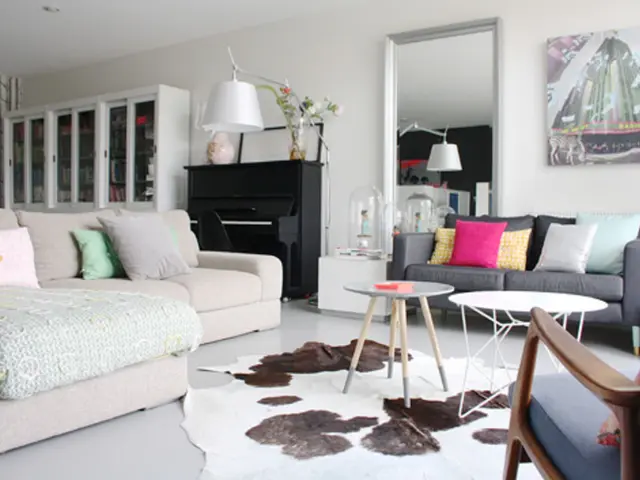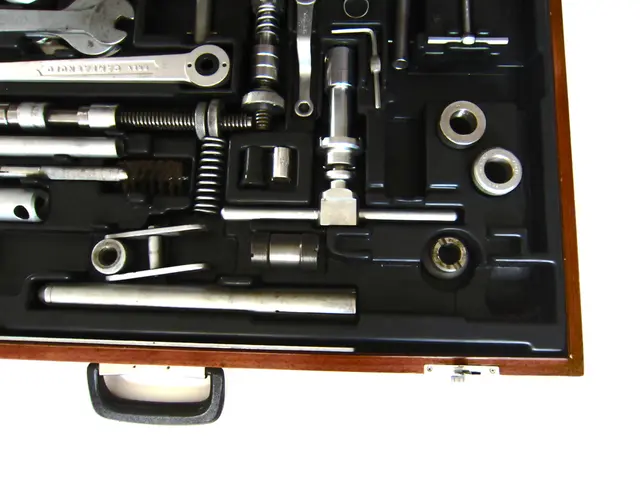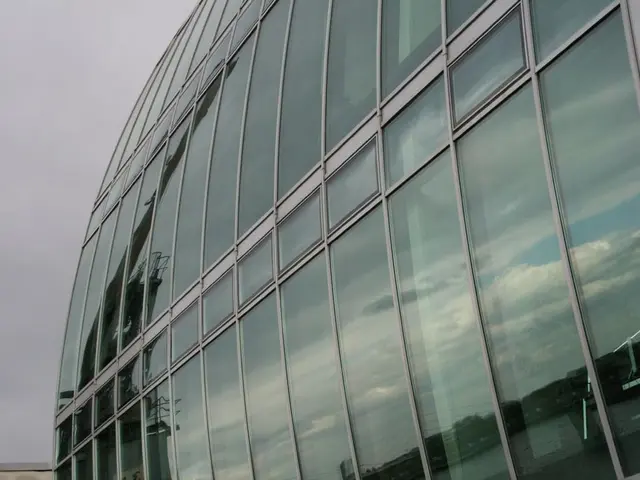Enthralling Gatherings of Devotees
In the realm of audiovisual technology, video projectors have become a popular choice for houses of worship, offering a cost-effective and versatile solution for various applications.
One company leading the way in this field is Horizon Solutions, an AV integrator/installer based in London, Ontario. Over 25 of the projectors installed by Horizon Solutions are Christie Inspire Series 1-DLP laser projectors, known for their HDCP compliance and the option to send 16:10 format images.
Motorized retractable screens are commonly installed in churches, but fixed screens are also found in a good portion of church projects. A motorized screen that can be retracted when not in use can make a projector a model of technological discretion, blending seamlessly into the church's interior when not needed.
Projectors can be mounted in a less intrusive way, such as on a ceiling or another high point within the church. This placement ensures the images are displayed clearly without causing any distractions. If working on a rear-projection application, a short-throw projector like Christie's Inspire DWU960ST-iS, with its short-throw capabilities and great price point, would be the right solution.
Quality projectors coupled with screens designed for higher ambient light conditions can make a difference in creating an impactful image in churches with multiple windows. Song lyrics, hymns, scripture readings, announcements, sermon illustrations, teaching notes, and video content are all projected in houses of worship, enhancing the worship experience for congregations.
Churches prioritize brightness and price-to-lumen ratio in their projectors, with many models offering sufficient brightness (7,000–15,000 lumens for large venues) for indoor worship settings with adequate ambient light control. Modern laser projectors deliver clear, crisp, and bright images in small packages, making them an attractive choice for houses of worship.
Video projection is commonly used in houses of worship due to its cost-effectiveness compared to large video walls or direct-view LED displays. In instances where video is being projected onto a church wall, the process is even simpler. The cost of video projectors is usually a fraction of the cost of video walls and dvLEDs, keeping the initial investment and ongoing maintenance costs low.
Modern laser projectors have considerably eased service demands for churches, keeping costs down and aging volunteers off ladders. However, video walls and direct-view LED displays provide higher brightness levels (often 20,000+ nits) and excellent visibility in brightly lit environments. They may be easier to see from all angles in large, open sanctuaries.
When deciding between video projectors and video walls/direct-view LED displays, it's essential to consider factors such as budget, ambient lighting, sanctuary size, and technical support available. Some churches project onto a flat wall treated with a specific 'projection screen' paint, offering a simple and cost-effective solution.
In conclusion, video projectors in houses of worship offer lower initial cost and typically higher resolution for their price compared to large video walls or direct-view LED displays. They can provide sufficient brightness for indoor worship settings with adequate ambient light control. Projectors also tend to be more serviceable and easier to replace components than LED video walls, which are modular and costly to maintain or repair.
Projectors from companies like Horizon Solutions, such as the Christie Inspire Series, offer various features that are beneficial for houses of worship, including HDCP compliance and the option to send 16:10 format images.
The choice between projectors and other technology for video projection in houses of worship depends on factors like budget, ambient lighting, sanctuary size, and technical support available. Churches often opt for projectors due to their cost-effectiveness and ease of service compared to video walls or direct-view LED displays.








